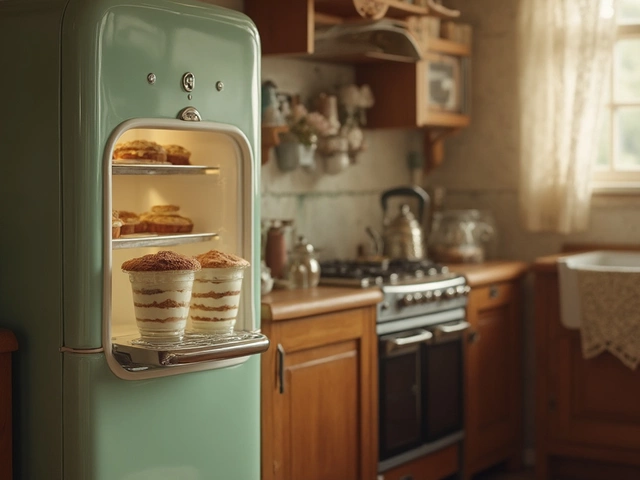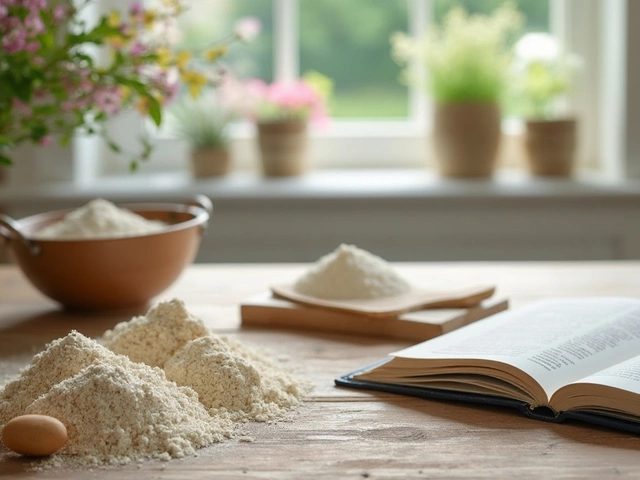Beginner Cookie Tips: Simple Tricks for Soft, Chewy Cookies
If you’re just starting out, the biggest fear is ending up with a hard, flat cookie that looks nothing like the picture. The good news? A few easy tweaks can turn any basic recipe into a batch of soft, chewy treats. Below are the most useful tips you can apply right away, no matter which cookie you’re making.
Start With the Right Ingredients
First thing’s first – sugar matters. Using a mix of white and brown sugar gives you sweetness and moisture. White sugar makes cookies spread, while brown sugar adds hygroscopic properties that keep them soft. If you want extra chew, aim for at least 50% brown sugar.
Butter temperature is another big factor. Melted butter creates a denser, chewier texture, while softened butter (not melted) produces a lighter, more cake‑like crumb. For beginners, start with room‑temperature butter; it’s easier to cream with sugar and gives consistent results.
Don’t forget the basics: high‑quality flour, a pinch of salt, and a good leavening agent. Baking soda spreads cookies and adds a subtle rise, while baking powder gives them a puffier interior. Use the amount the recipe calls for – too much can make cookies taste metallic.
Mixing and Baking Secrets
When you cream butter and sugar, do it for at least 2–3 minutes. This incorporates air and helps the cookies rise a little, which prevents a flat, dense outcome. Add eggs one at a time and mix just until combined. Over‑mixing develops gluten, which makes cookies tough.
Chill the dough for 30 minutes before baking. This step is often skipped by beginners, but it solidifies the fat, so cookies spread less and retain a thick, chewy center. If you’re in a hurry, you can bake the dough straight away, but expect thinner results.
Preheat your oven well – a common mistake is under‑preheating, which leads to uneven baking. Bake at 350°F (175°C) for most cookies; if you want a crisp edge and soft center, start at 375°F for the first 2 minutes, then drop to 350°F for the rest.
Watch the clock. Cookies continue to cook for a few minutes after you take them out because of residual heat. Pull them from the tray when the edges are set but the center still looks slightly under‑done. Let them cool on the sheet for 5 minutes, then move to a wire rack.
Storage matters too. Store cooled cookies in an airtight container with a slice of bread or an apple wedge. The moisture from the bread keeps cookies soft for days without making them soggy.
These beginner cookie tips are easy to remember and apply. With the right sugar blend, proper butter handling, a short chill, and careful baking, you’ll see a big jump in texture and flavor. Try them out on your next batch – you’ll be amazed at how simple changes give you soft, chewy cookies every time.






